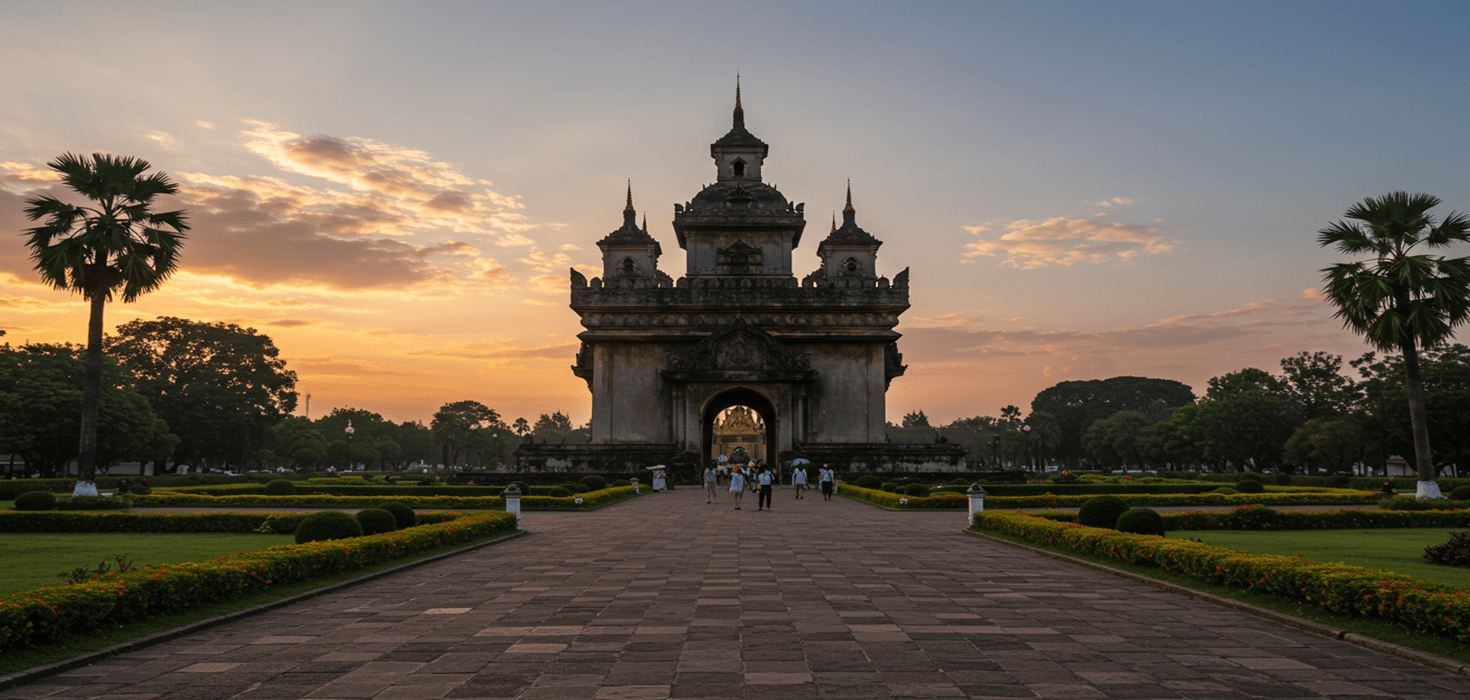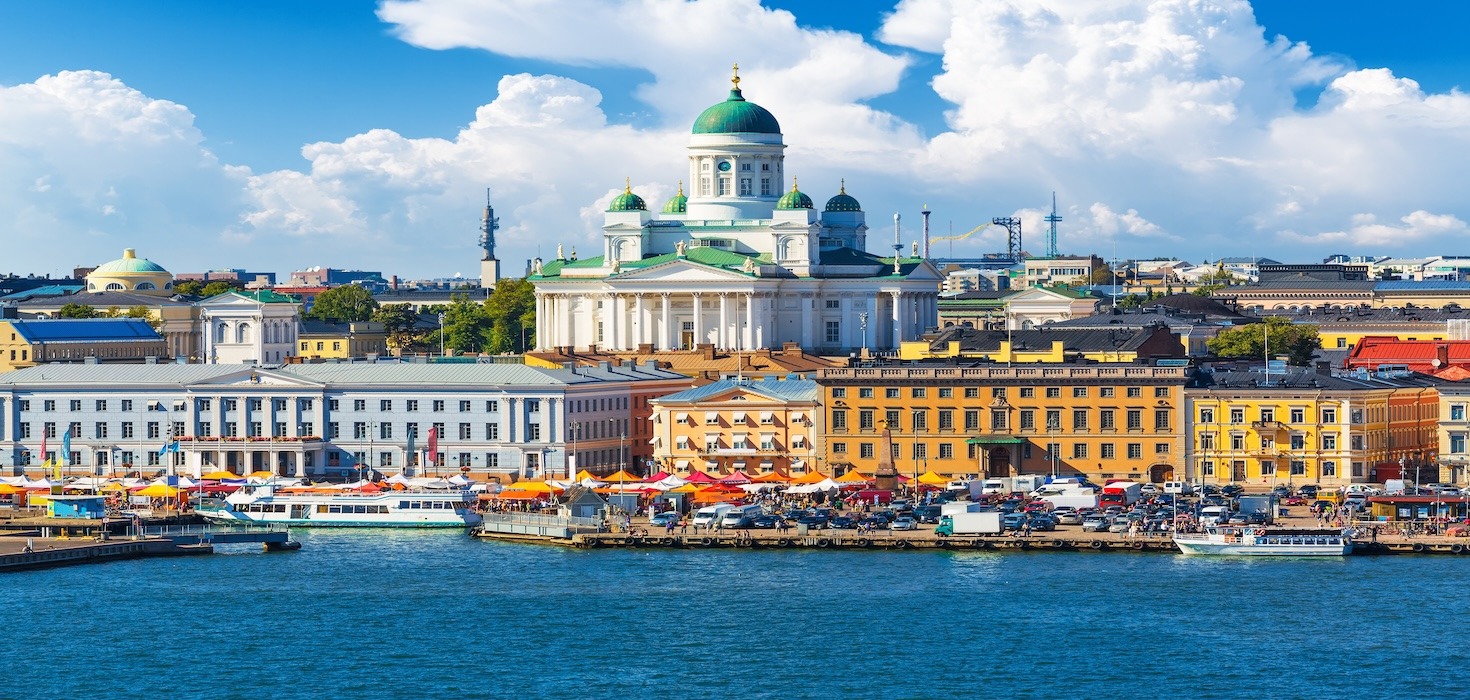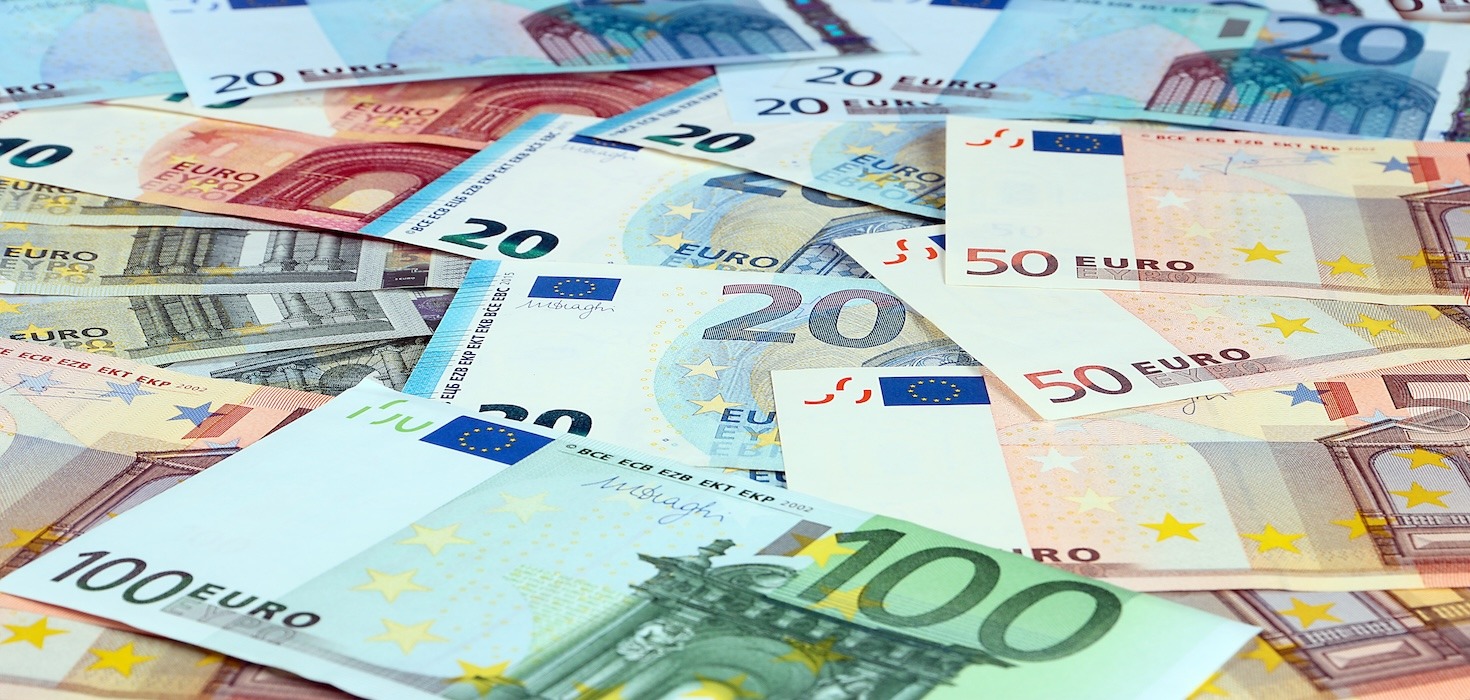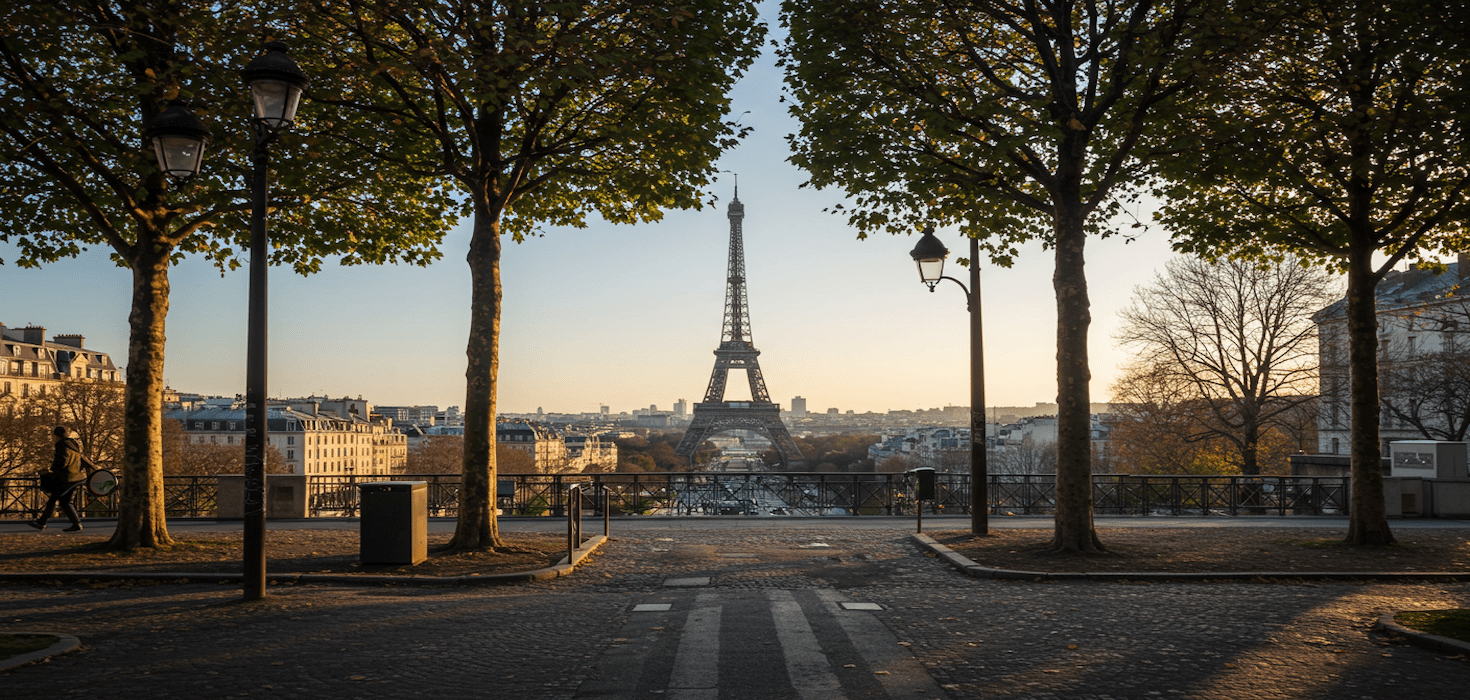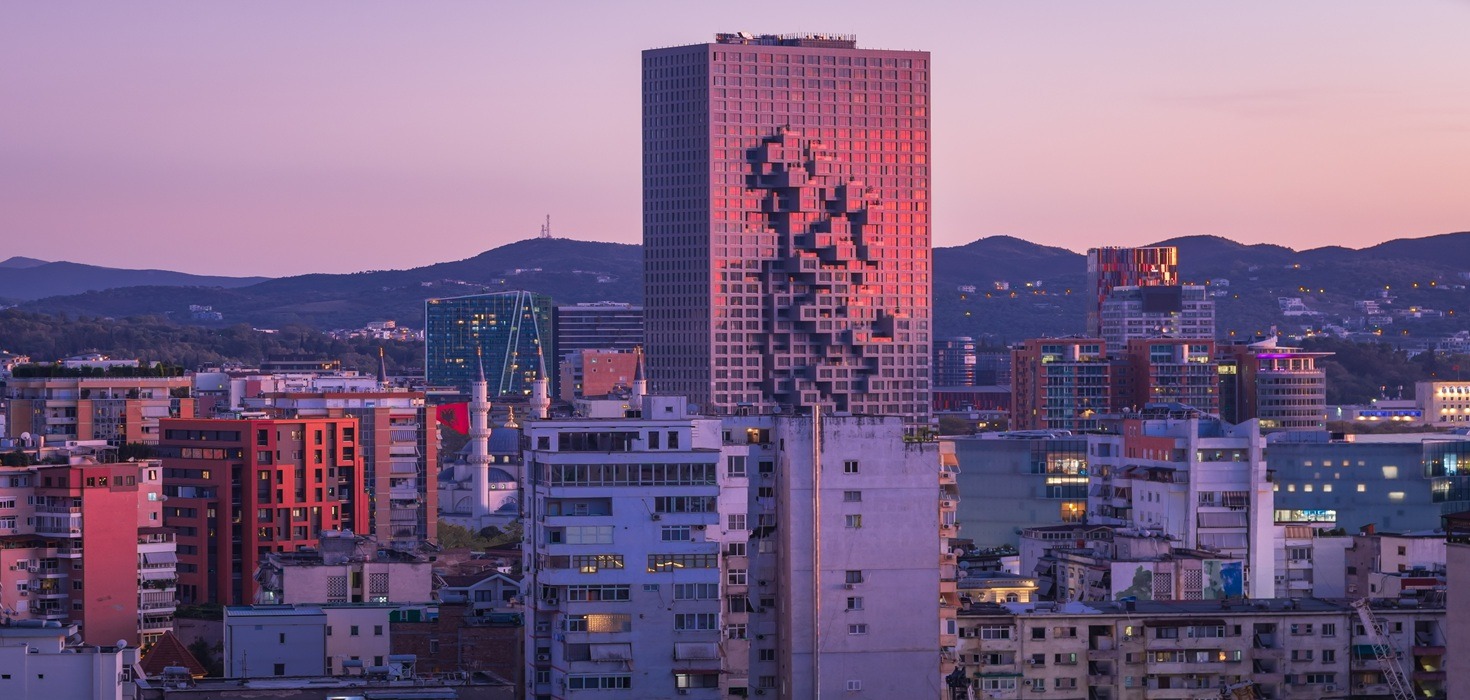Transportation in Nepal
Nepal offers a range of public and private transportation options, with most travel concentrated in and around Kathmandu, Pokhara, and major tourist regions. Public transport is primarily bus-based, while taxis, ride-hailing apps, and domestic flights are widely used for intercity and regional travel.
- Public Transport: No metro or tram systems. City buses and microbuses operate in Kathmandu, Pokhara, and other cities. Sajha Yatayat is a major bus operator in Kathmandu.
- Transportation Apps: Tootle and Pathao are the main ride-hailing apps for motorcycles and taxis in Kathmandu and Pokhara. International apps like Uber and Grab are not available.
- Internal Flights: Domestic airlines include Buddha Air, Yeti Airlines, and Shree Airlines. Main routes connect Kathmandu with Pokhara, Lukla, Bharatpur, and other regional airports.
- Intercity Travel: No intercity train network. Long-distance buses (tourist and local) connect Kathmandu, Pokhara, Chitwan, and Lumbini. Major companies include Greenline Tours and Jagadamba Travels.
- Taxis and Ride-Hailing: Metered taxis are available in cities. Fares are regulated but negotiation is common. Ride-hailing apps offer fixed pricing.
- Car Rental: Available with or without driver. International Driving Permit (IDP) required for self-drive.
- Accessibility: Limited facilities for travelers with disabilities; most public transport is not wheelchair accessible.
- Unique Local Transport: Rickshaws in Terai cities, tempos (three-wheelers), and cable cars (e.g., Chandragiri Hills, Manakamana Temple).
- Safety & Payment: Cash is the primary payment method. Transport safety and reliability vary; tourist buses are generally more reliable than local buses.



